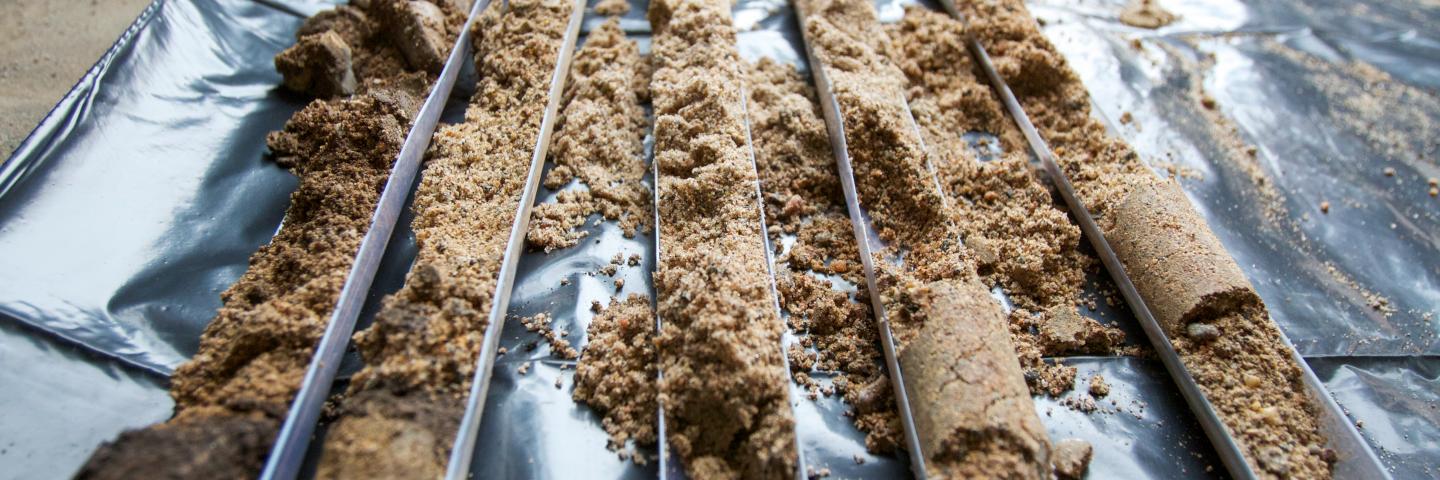The MPCA studies, monitors, and regulates many land pollutants that affect the quality of life in Minnesota and the health of residents. Lands contaminated by improper handling or accidental spills of hazardous substances can pose threats to human health and the environment.
Hazards from land contamination can include:
- toxic chemicals leaching into nearby groundwater or surface waters and fouling drinking water supplies or harming aquatic plants and animals
- soil vapors contaminating indoor air in nearby buildings where certain types of chemicals have infiltrated into groundwater
- contaminated soil becoming wind-borne dust
- people and wildlife breathing, ingesting, or touching contaminants where contaminated sites are not managed properly
Choose a pollutant below to learn where it comes from and its effects on human health and the environment, and monitoring and regulation information.
